Tornado Seeks New Home!

American-made overhead-cam engines were almost as rare as reliable South Vietnamese presidents in the mid-1960s, so I did a doubletake when I spotted one in a Denver self-service wrecking yard.
Unfortunately, it wasn’t a Tempest with a Sprint OHC Six, but running across an old Jeep pickup with a Tornado six still made my day.
The Tornado was only used in American-market vehicles for a few years, but IKA of Argentina kept building Tornadoes for the AMC Rogue-based, Pininfarina-restyled Renault Torino until 1982.
Clearly, this engine belongs in some sort of evil-looking rat rod— preferably a member of the proto-AMC family— but what kind? A rusted-to-hell ’25 Nash Ajax, perhaps?

Murilee Martin is the pen name of Phil Greden, a writer who has lived in Minnesota, California, Georgia and (now) Colorado. He has toiled at copywriting, technical writing, junkmail writing, fiction writing and now automotive writing. He has owned many terrible vehicles and some good ones. He spends a great deal of time in self-service junkyards. These days, he writes for publications including Autoweek, Autoblog, Hagerty, The Truth About Cars and Capital One.
More by Murilee Martin
Latest Car Reviews
Read moreLatest Product Reviews
Read moreRecent Comments
- Wjtinfwb No confusion on my end, Ghost. The Government has zero role in job creation outside of the legitimate opportunities' created by Government going about it's responsibilities, namely keeping the American people and territory safe from foreign intrusion. Of course, they're failing epically at that but that's a different topic. The American free enterprise system is what enables job creation. Government's role is to stay out of the way of that system, but they seem incapable of doing so. Oil & Gas exploration is just one example. If a National Job Policy is what you're looking for, there are other countries that will be happy to accept your application for residency.
- Michael Smith I drive 100-300 miles a day in new BMWs, Mercedes-Benzes, and GM SUVs. Some are already equipped with automatic braking.It's the first thing I turn off when I start the car.I've had experiences where (as the author notes) the system gave false alarms and stabbed the brake pedal, threatening my ability to control the car.Further, every driver encounters situations where, for example, legal following distance must be momentarily compromised in order to avoid a difficult situation. When the system intervenes, it disrupts the driver's plan of action. This can lead to a collision as the driver has to suddenly react not to his surroundings, but to the system.Not only is automatic braking an insult to skilled drivers, it's dangerous to everyone.
- Dave M. My hipster daughter is greatly into it. We watched the race together this weekend. It was interesting but I'm not devoted to it like she is. She'll be at the Austin race in October.
- Bd2 I'll watch F1 when Kia and/or Hyundai pony (pun intended) up the cash to field a class leading team. Hyundai is leading many series with the Elantra N with it's incredible 350HP Smartstream-R engine.
- Steve Biro There are 24 races on this year’s F1 schedule. And I guarantee you no more than two will be reasonably exciting, Meanwhile, F1’s reception for Andretti reveals the dark underbelly of the sport. I have followed F1 since the 1960s and, frankly, I am running out of interest. I’ll catch a race if it’s convenient but won’t bother DVRing them.





























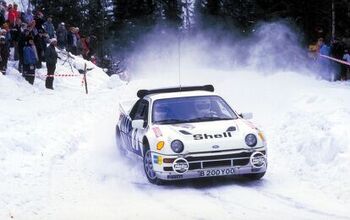


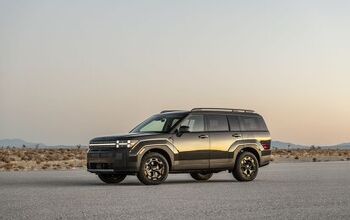

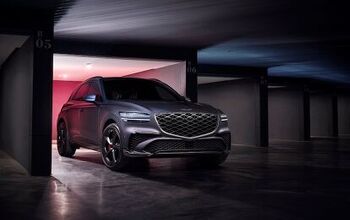



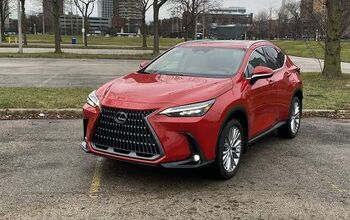



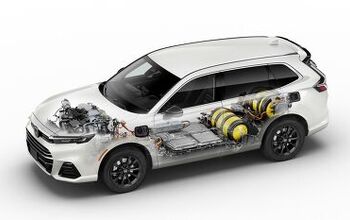
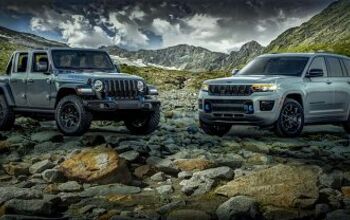
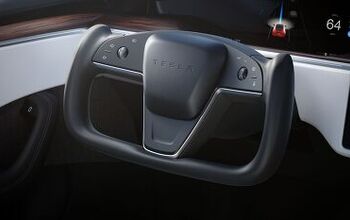


Comments
Join the conversation
If nobody has bought that engine by the next time I visit that yard, I'm going to buy the Tornado valve cover to hang on the wall.
+1 on the plastic cover comments. It's an easy way to cover up slop. I had a Nissan Frontier with the VG33 engine. It looked like someone tossed in a taped-up harness and slammed the hood. The bastardization of the VG from a DOHC to a SOHC truck engine was bad enough. The lack of a decent mass produced small displacement OHC engine by GM (until the development of the Ecotec) was laughable. The Chevy Cavalier pushrod 4 mated to a three speed automatic was a sharp contrast to the OHC engines and 4-speed automatics available offshore.